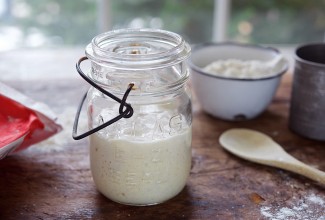Does sourdough starter get better with age?
Bakers boast about starter that’s years — decades! — old. But does the age of your starter actually impact your baking?
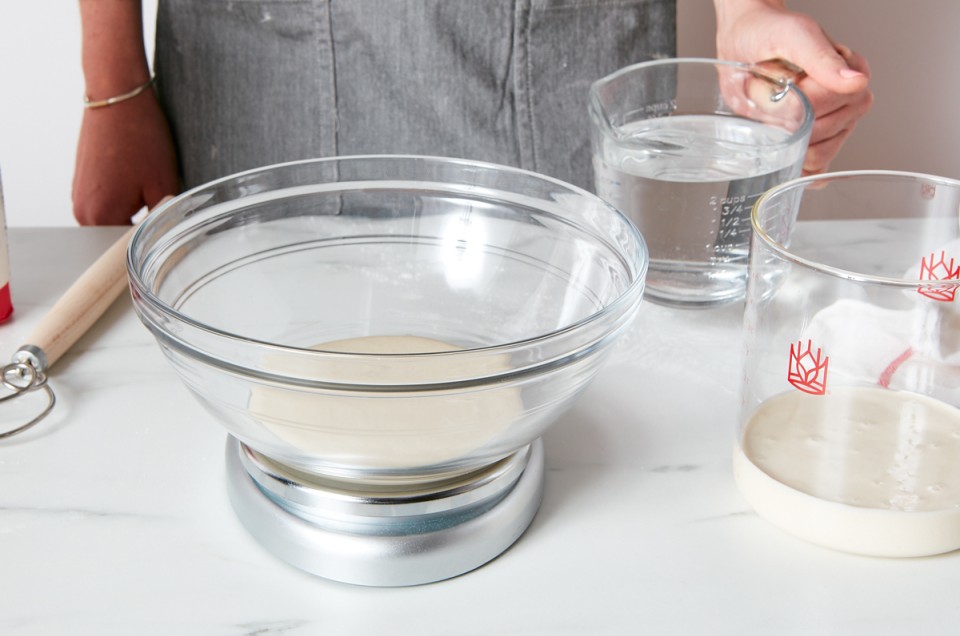

Bakers often liken their sourdough starter to a pet. They give it a cute name (“Doughy Parton”), express slight exasperation about feeding schedules, and brag about a bond strengthened by time.
Having a sourdough starter that’s years — sometimes decades! — old instills a sense of accomplishment and pride, and some bakers love to share their starter origin stories. But does an older starter actually make better bread?
For most bakers, the answer is a clear no.
Maurizio Leo, author of the award-winning bread cookbook The Perfect Loaf, still uses the first starter he ever made; it’s now 12 years old. And while he’s sentimental about that starter, he says its age doesn't really impact his bread. Flour Power author Tara Jensen agrees; she emphasizes that your starter’s health is more important than its age. “When it comes down to the performance of the starter in a dough, I’d rather use a starter that’s a few weeks old and been well kept than an older starter that’s been neglected,” she says.
King Arthur baker Martin Philip puts it more bluntly: “Starter age is unimportant to me.” He adds, “Once the starter reaches a state of relative stasis and reliability, I don’t care if it’s eight or 80. I just want to make stuff with it.”
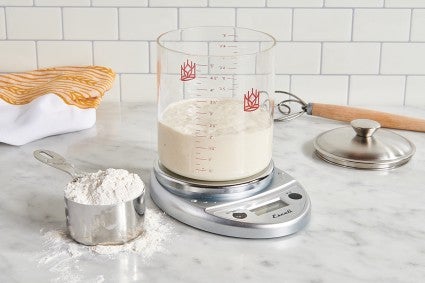
It’s worth taking a closer look at sourdough starter itself and how it evolves over time. It’s a bit like the Ship of Theseus, the philosophical thought experiment that asks whether an object is technically the same object after having all its original components replaced. The same principle is at play in sourdough starter — because starter is continually replaced with new doses of flour and water to feed the flourishing community of microbes that it contains, it doesn’t stay stagnant. Instead, “starters tend to evolve along with you and your feeding practices,” explains Baker’s Hotline member and sourdough specialist Barb Alpern.
As Jennifer Latham, author of Bread Baking with Kids and former lead bread baker at Tartine, recounts, “At Tartine I was taught that the age or origin of your starter didn’t really matter because it would always adjust to the conditions it was being fed in.” So basically, if you have a starter that’s ten years old, it doesn’t matter what it was like a decade ago, or even a few years ago. What’s going to impact your bread the most is how your starter thrives in the conditions it’s currently in (and of course, how well you’re feeding and maintaining it).
That doesn’t mean you can’t preserve certain characteristics of a starter, though. Jennifer recounts how Thomas Teffri-Chambelland, a former microbiologist and author of Sourdough Panettone and Viennoiserie, gifted her a starter that contained a specific microbe required for panettone dough (which needs a specialized environment because it’s high in fat and sugar and low in water). He told her that as long as she fed it with the right regimen of very dry feedings and sugar water baths, she could retain this microbe in her starter by sustaining an environment in which it thrives and has an advantage over most other flora that might be introduced. Jennifer theorizes that “if you collect a certain microbe and keep it alive through feeding, it probably won’t die out just because new microbes are introduced.” As she mused, “I wonder if some of the anecdotal evidence of older starters having better flavor or baking capabilities comes from a greater biodiversity in them.”
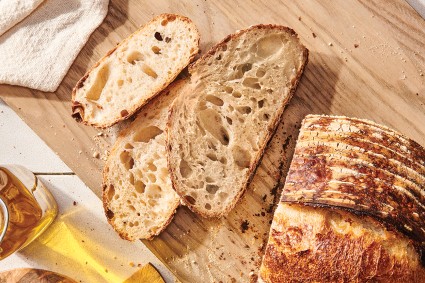
Jennifer likes to expose her starter to new environments in the hopes of introducing “something new and fun,” as she puts it. She travels with her starter and always leaves the lid cracked in new locations, from Big Sur to Sebastopol, California, to allow new microbes to wander in. Maurizio does something similar: “Over the years, I’ve integrated bits of other bakers’ starters from around the world into mine. It’s a way to introduce new microbes, speed evolution, and get the strongest starter possible!”
This approach reflects the deeply personal relationship many bakers have with their starter — just like they do with their pet. “My starter has been with me through countless bakes and many life changes,” Maurizio reminisces. Tara adds, “I think origin stories are important, and often the narratives we tell about the age of our starters involve other stories about family, friends, and places we love. … It’s a beautiful thing for something to be tended to for 20, 50, 100 years.”
Here at King Arthur, our Classic Fresh Sourdough Starter is descended from one that’s been lovingly nurtured in New England for decades. Once you feed and maintain it in your own home, it will eventually adapt to your own region and climate, becoming uniquely yours. At the same time, though, you can know that thousands of bakers before you — including many of us at King Arthur! — have made wonderful sourdough bread with a bit of this same starter.
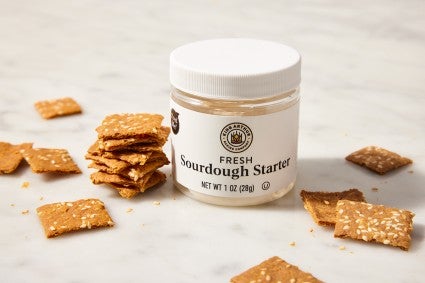
While the age of your starter won’t make your bread any better — turns out, only good sourdough practices can do that — it’s a link in the long legacy of sourdough, one of the oldest forms of baking that exists. Whether your starter is a week or a decade old, you can become part of that lineage as well.
Get baking with more essential sourdough knowledge:
Cover photo by Rick Holbrook; food styling by Kaitlin Wayne.
